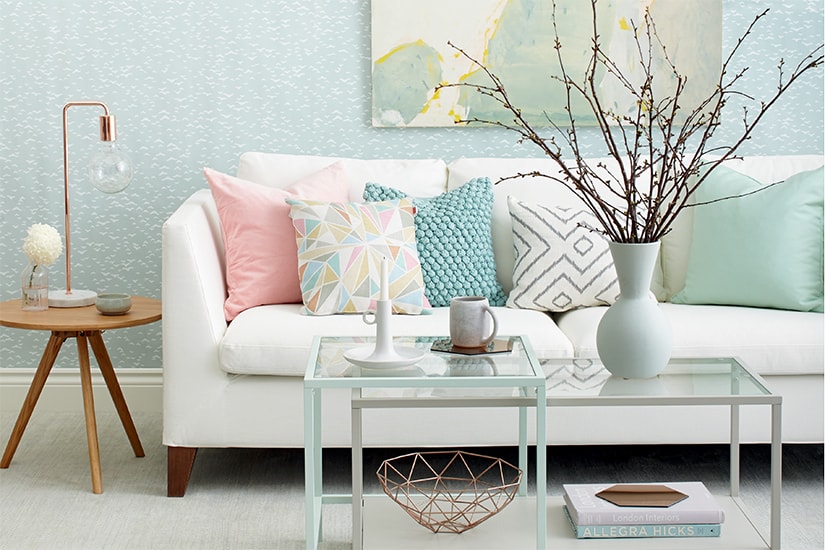Design Lesson
Design lesson: Small is beautiful

Design Lesson
Design lesson: Small is beautiful
If you live in a modest-size house, condo or apartment, chances are you're keenly aware of the limitations of small-space living. Don't despair: designers have a stack of tricks for making close quarters appear more spacious. The strategies below will help you make less seem like more!
DO hide storage in plain sight. Look for coffee or end tables with storage beneath, bookshelves that run from floor-to-ceiling, and armoires to house anything from linens to entertainment units.
DO create a seamless flow by covering furniture and walls in a single, unifying colour or pattern. The cohesiveness can visually stretch a space.
DO visually enlarge floor space by installing wall-to-wall carpeting rather than laying down multiple area rugs.
DO choose an ample two-seater sofa rather than a three-seater. You'll have room for an end table, and guests rarely occupy all three seats, so that third one is often wasted, anyway.
DON'T inadvertently emphasize low ceilings by choosing too-tall sofas and chairs or by highlighting wainscotting or chair rails. Instead, to open things up, aim for long low lines with major furniture and either eliminate chair rails and wainscotting or paint them the same colour as the walls.
DON'T block off open spaces. Choose furniture with legs rather than skirts, and console tables rather than chests of drawers. A low bookcase can act as a room divider between the living and dining areas; a glass coffee table allows the eye to travel unimpeded through the space.
DON'T underestimate the space-amplifying power of wall-to-wall mirror.
Using creative design strategies, you can give even the most diminutive items the prominence they deserve. These four simple ideas have enormous style potential -- any one will make a big difference in your small space.
1 Photographs and paintings
They trick the eye into perceiving even small rooms as gallery-like and spacious by using wide mats and large frames, both of which are often associated with more important pieces of artwork. Use artwork to create focal points in a room, but surround each piece with visual breathing space rather than crowding them together.
2 Sculpture or pottery
Rather than hiding impressive pieces, create an arresting display by placing a sculpture or unique item of pottery on a plinth (a platform built to add height and prominence to displays).
3 Windows
Hang draperies outside window frames and as high as possible in order to stretch their perceived size. Keep draperies the same colour as the surrounding walls to increase the impact and make the wall appear larger. Using fabrics with vertical stripes can add height, too.
4 Small furniture
Accent with high-contrast detail. Take, for example, a small bergère upholstered in pale yellow; it will assume larger visual proportions if outlined in piping in a contrasting colour like black.














Comments